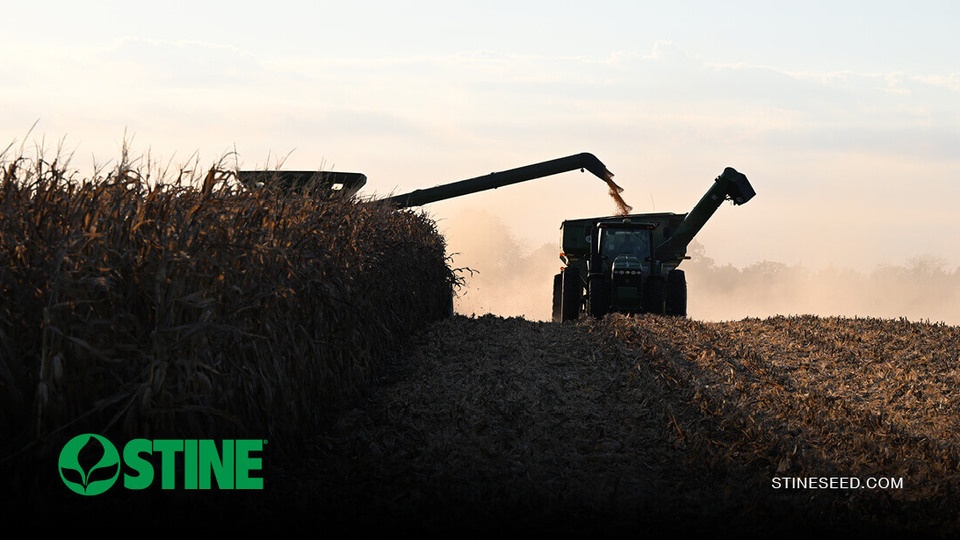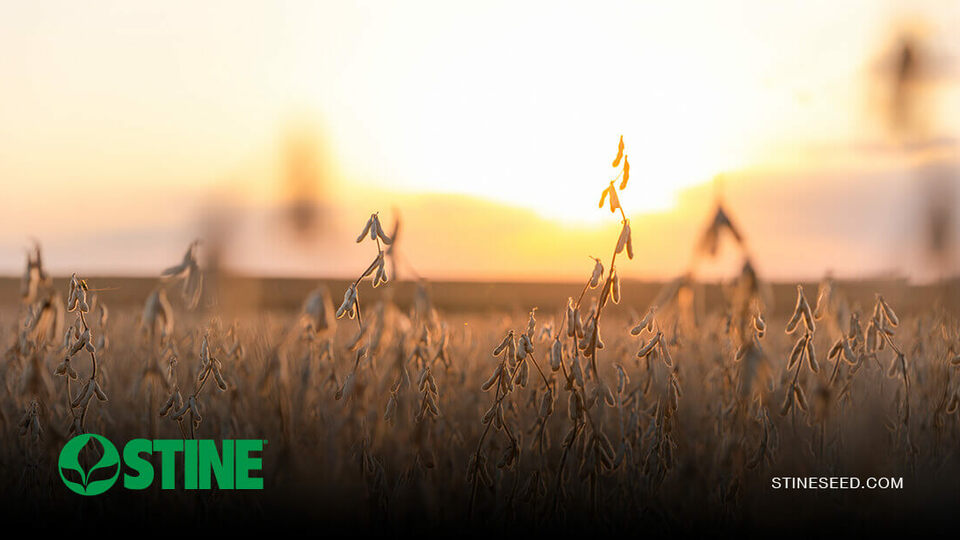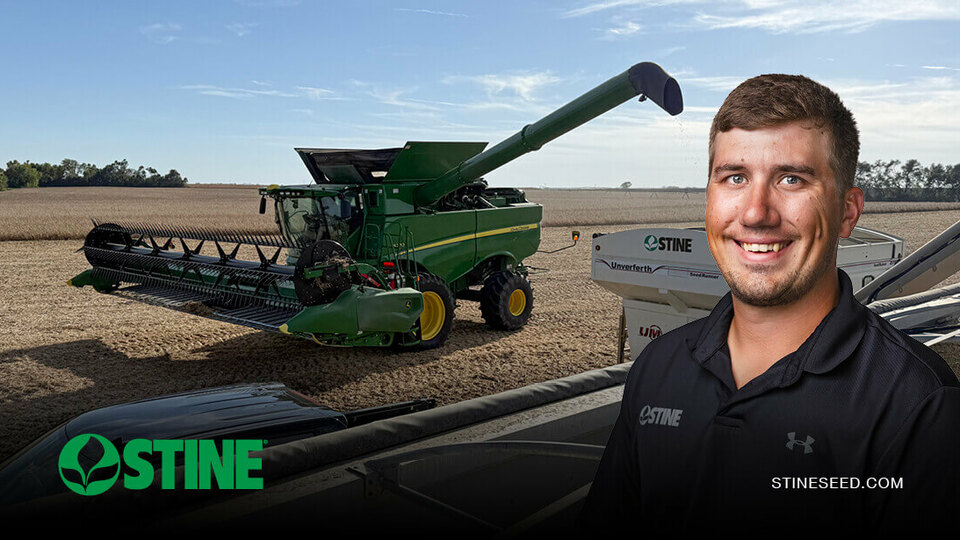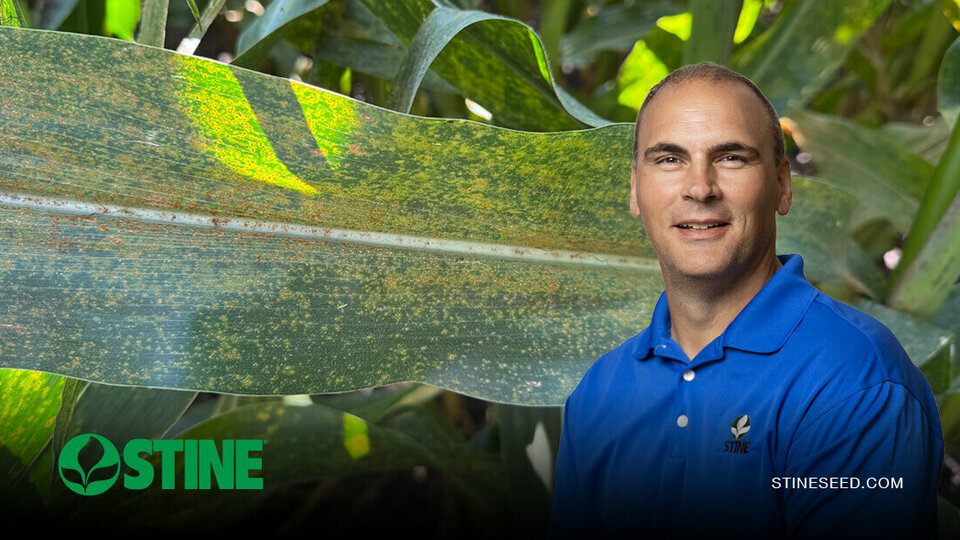Corn and soybean planting is well underway throughout the country. But even after planters have made their rounds, and the 2025 crop is in the ground, that doesn’t mean the job is done. In fact, this is when a successful season truly begins.
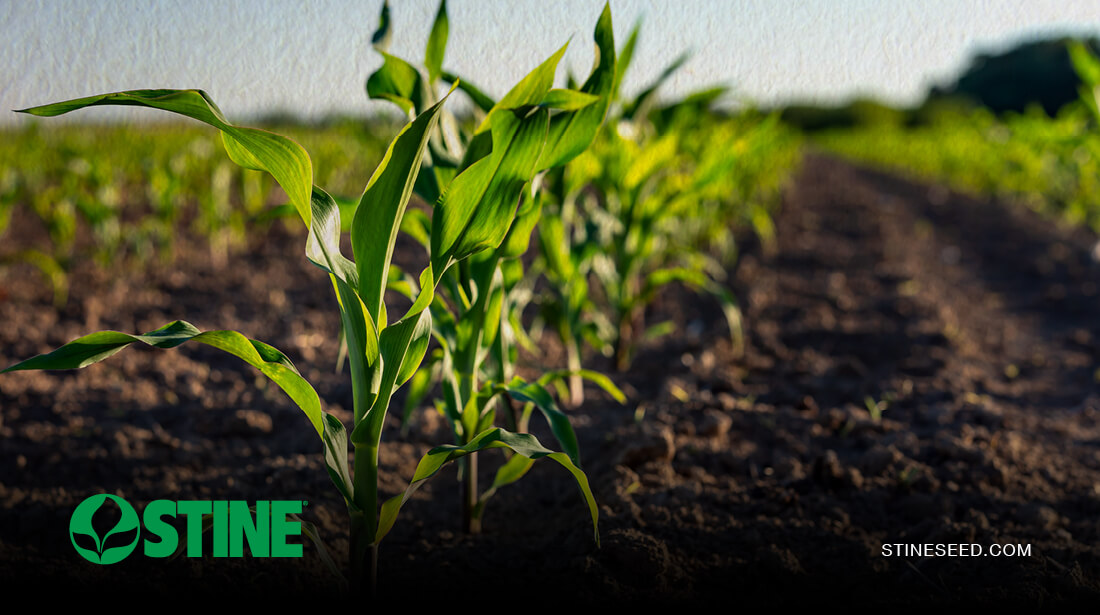
At Stine® Seed Company, we believe stand establishment is the foundation of yield, and it’s critical to evaluate early results to identify strengths, spot weaknesses and make decisions that could shape the rest of the growing season. That’s where Stine’s agronomic expertise comes in.
“It’s easy to think planting is the finish line, but really, it’s just the first checkpoint. Stand counts help you understand how well your planter performed, how your seed responded and what you can do next to maximize performance.”
Myron Stine, Stine Seed Company president
Why stand counts matter
After emergence, evaluating stand uniformity and population can uncover issues related to:
- Planting depth and spacing accuracy
- Seed-to-soil contact
- Cold shock or crusting
- Early insect or disease pressure
- Equipment malfunctions or operator error
The goal is to identify gaps early enough to act — whether that means making a replant decision, adjusting management zones for variable-rate applications or simply learning for next year.
Stine’s Stand Count Program
Across the country, our independent sales representatives (ISRs) and agronomy team are walking fields right now, measuring emergence and collecting stand data using in-house tools and mobile reporting systems. The result? Real-time insights that go beyond gut feel and help guide your next move.
“A strong stand today sets the tone for a crop’s entire yield story. That’s why we’re out there early — identifying uniformity issues, seedling stress or potential replant concerns while there’s still time to act.”
Tom Larson, Stine Seed Company’s director of agronomy
Here’s what Stine evaluates:
- Target population versus actual stand
- Emergence uniformity
- Seedling health
- Environmental or mechanical stressors
This data doesn’t just stay in the field. It supports:
- Replant decisions based on economics and hybrid performance
- Local trial analysis to improve product placement
- Plot management to ensure comparisons are valid
- Future planning — because every year teaches us something valuable
What you can do now
If you haven’t done a stand count yet, it’s not too late — and you don’t have to do it alone. Your local Stine ISR is ready to walk your fields with you and put data behind what you’re seeing.
Because at the end of the day, stand establishment isn’t just about what emerged. It’s about what’s still possible from here.
For more information about our Stand Count Program, connect with your local Stine sales representative.
Related Articles
-

Stine harvest roundup: Part 2
October 2025 in Agronomy
-

Stine harvest roundup: Part 1
October 2025 in Agronomy
-

Proven performance in the field: Strong soybean yields across Nebraska
October 2025 in Agronomy
-

What to know about southern rust in corn
October 2025 in Agronomy
